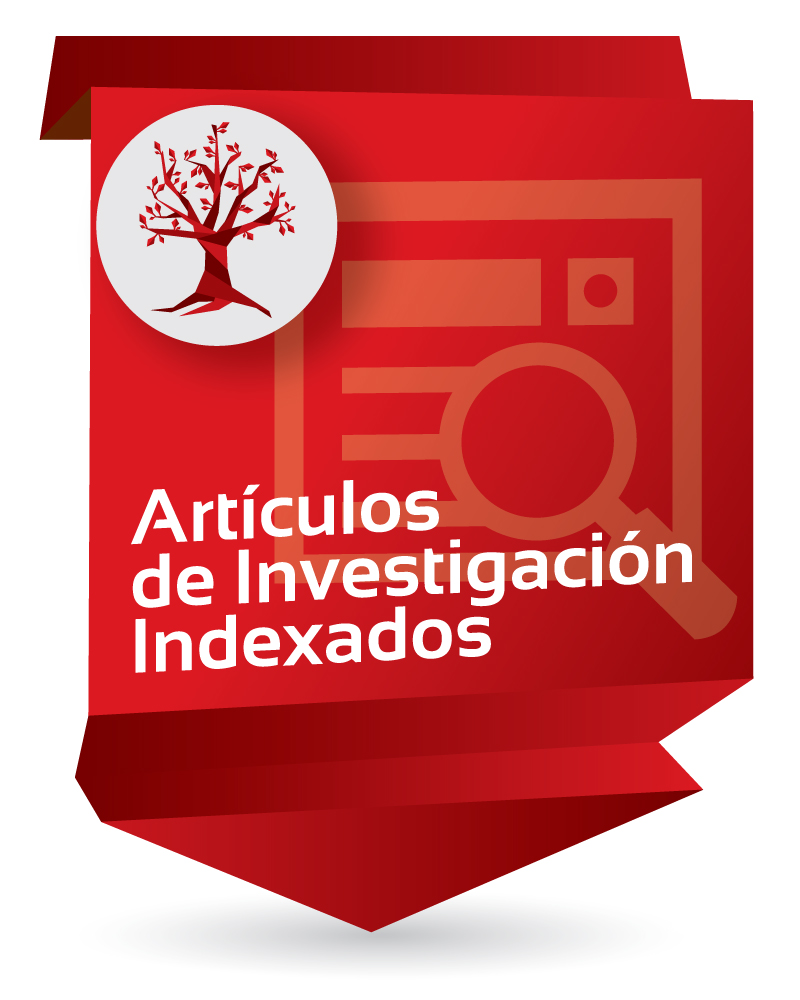Integrated algorithm for passive and active motion artifact removal in photoplethysmography

Enlaces del Item
URI: http://hdl.handle.net/10818/62270Visitar enlace: https://www.scopus.com/inward/ ...
DOI: 10.1109/DCOSS-IoT61029.2024.00099
Compartir
Estadísticas
Ver as estatísticas de usoCatalogación bibliográfica
Apresentar o registro completoData
2024Resumo
Within the extensive panorama of wearable devices worldwide, motivated by various factors that have driven the monitoring of physiological variables, the application of the photoplethysmography technique stands out. This technique presents a broad spectrum of applications for analyzing and detecting various components within the human body, employing non-invasive optical principles. These principles allow the quantification of the physiological characteristics of an individual. However, the technique is affected by the so-called motion artifacts, which are alterations that can compromise the accuracy and reliability of the signal obtained.To counteract this phenomenon, this paper presents a custom-made algorithm which is part of a prototype under development. This algorithm incorporates a passive reduction system based on a differentiated use of the photodiodes, together with an active reduction system based on the application of analysis, decomposition and filtering algorithms, supported by the data from the built-in accelerometer, thus identifying and suppressing the disturbances present in the acquired signal.Experimental results show that the algorithm worked efficiently on the wearable device, exhibiting positive results in terms of detection, analysis and reduction of artifacts. These results were congruent with the subsequent analysis of the acquired signal and acceleration values recorded by the accelerometer. However, it is imperative to continue the research to compare the values obtained by the prototype against clinically approved devices, this will allow to determine the reliability ranges and estimate the magnitude of the deviation between the data obtained and the data close to reality. © 2024 IEEE.
Palabras clave
Ubicación
Proceedings - 2024 20th International Conference on Distributed Computing in Smart Systems and the Internet of Things, DCOSS-IoT 2024
Colecciones a las que pertenece
- Facultad de Ingeniería [582]

















